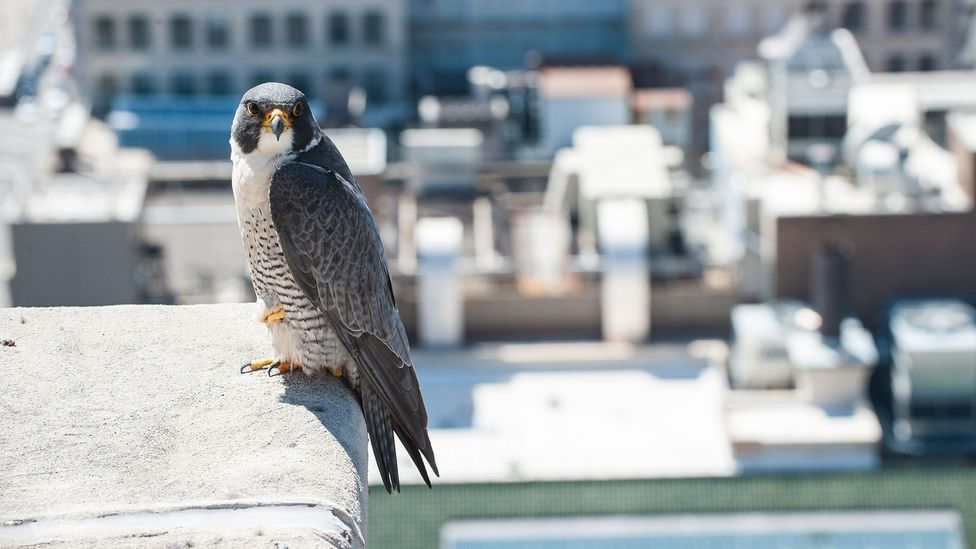Urbanization has dramatically altered the landscape and ecology of many areas around the world. The growth of cities has led to the destruction of natural habitats and the displacement of wildlife. One group of animals that has been particularly affected by urbanization is garden birds. In this blog post, we will explore the impact of urbanization on garden bird populations and their habitats.

Introduction
Urbanization is the process by which cities and towns grow in size and number. As more and more people move into urban areas, the demand for housing, infrastructure, and services increases. This often leads to the destruction of natural habitats and the fragmentation of ecosystems. Birds that once thrived in these areas are forced to adapt to new environments or face extinction.
Effects of urbanization on garden bird populations
The impact of urbanization on garden bird populations is complex and multifaceted. The loss of natural habitats and the fragmentation of ecosystems has led to a decline in the number of bird species that can survive in urban areas. Many species of birds require specific habitats to breed, feed, and rest. When these habitats are destroyed or altered, bird populations suffer.
Urbanization has also led to an increase in predators such as cats and rats, which prey on garden birds. Pollution, noise, and light pollution are other factors that affect garden bird populations. Pollution can lead to a decrease in the availability of food, while noise and light pollution can disrupt breeding patterns and migration.
Effects of urbanization on garden bird habitats
Urbanization has a significant impact on the habitats of garden birds. As cities expand, green spaces such as parks and gardens become smaller and more fragmented. This fragmentation makes it harder for birds to find suitable habitats for nesting and feeding. The loss of green spaces also means that there are fewer sources of food for garden birds.
However, urbanization can also create new habitats for garden birds. For example, gardens, balconies, and rooftops can provide suitable habitats for nesting and feeding. Bird feeders and birdhouses can also be used to attract garden birds to urban areas.

How to support garden bird populations in urban areas
There are several ways in which individuals and communities can support garden bird populations in urban areas. One way is to create bird-friendly habitats in gardens, balconies, and rooftops. This can be achieved by planting native plants and providing bird feeders and birdhouses.
Communities can also work together to create green spaces such as parks and gardens. These spaces can be designed to provide suitable habitats for a range of bird species. Local authorities can also play a role in protecting and preserving natural habitats in urban areas.
Conclusion
Urbanization has had a significant impact on garden bird populations and their habitats. While the loss of natural habitats and the fragmentation of ecosystems has led to a decline in the number of bird species that can survive in urban areas, there are ways to support garden bird populations. By creating bird-friendly habitats and preserving green spaces, individuals and communities can help to ensure that garden birds continue to thrive in urban areas.

Comentarios